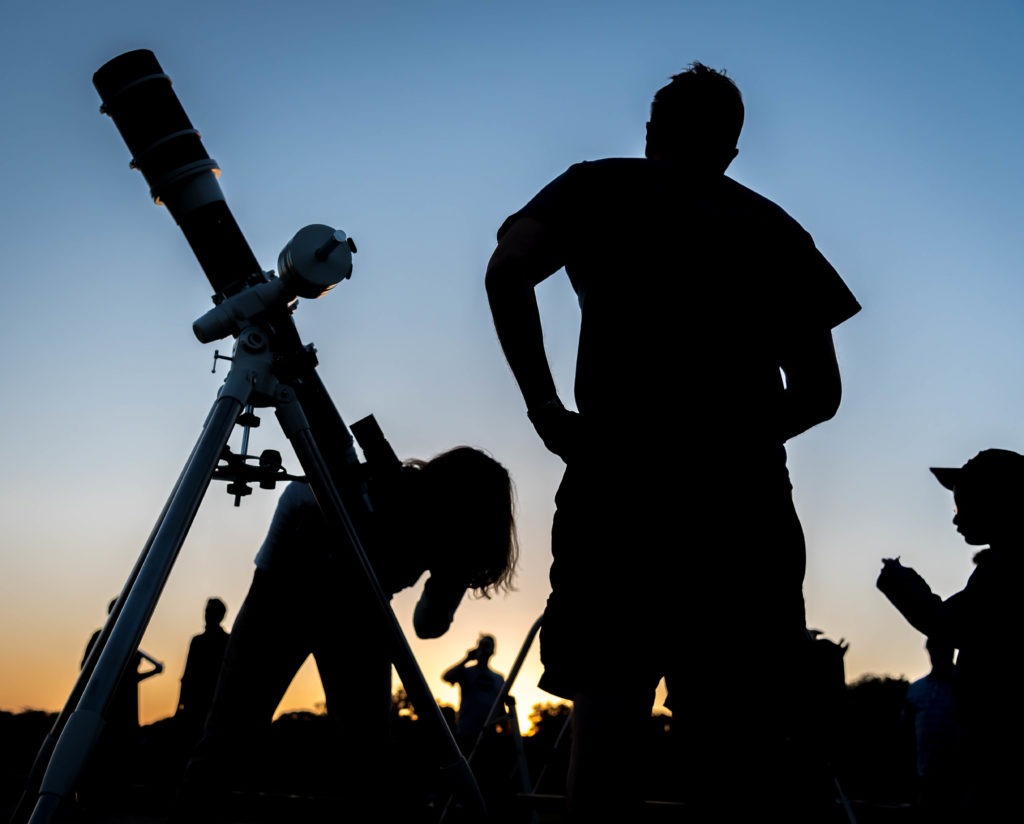
Before we launch into the pros and cons of the types of telescopes available to stargazers today, let’s have a quick look at 5 key numbers that describe the operation and performance of every telescope, from the junk scopes in a department store to the venerable Hubble Space Telescope. Once you understand these 5 numbers, you will understand the similarities and differences between telescopes, and you will know how to choose the best scope for your own interests and budget [Read more…] about The Five Numbers That Explain a Telescope
Share This:


